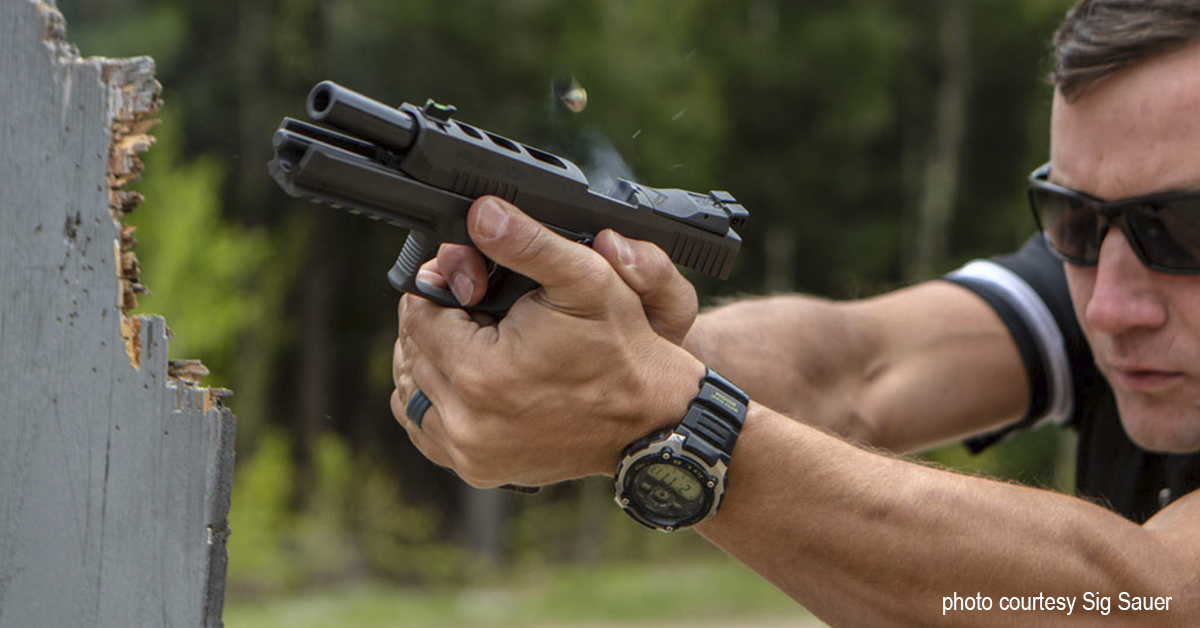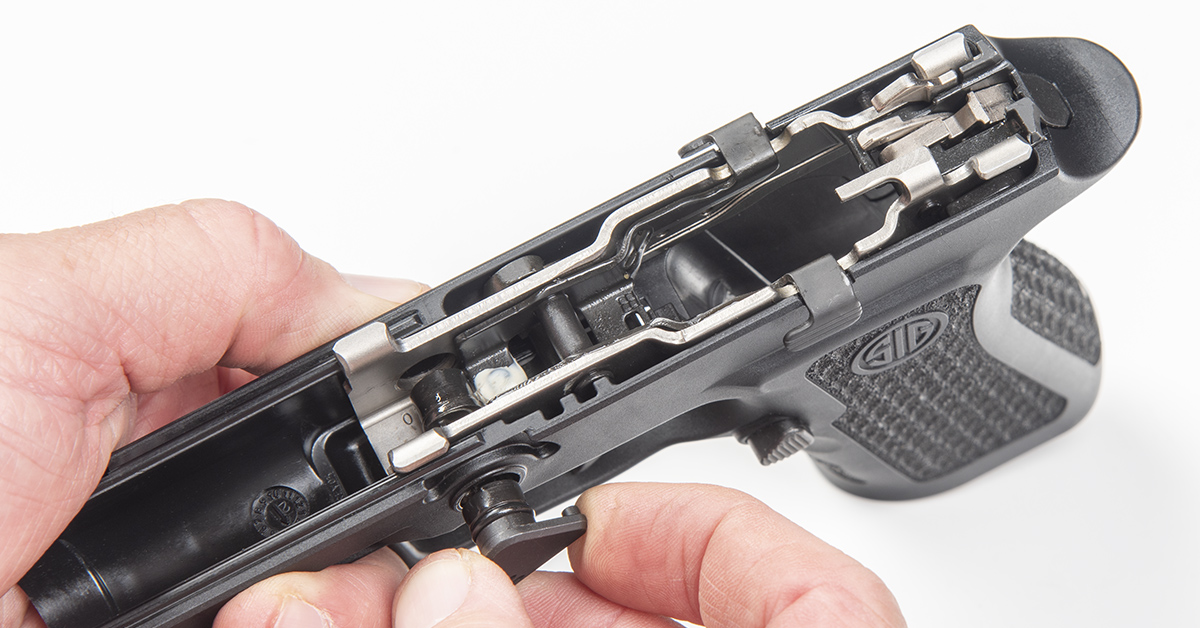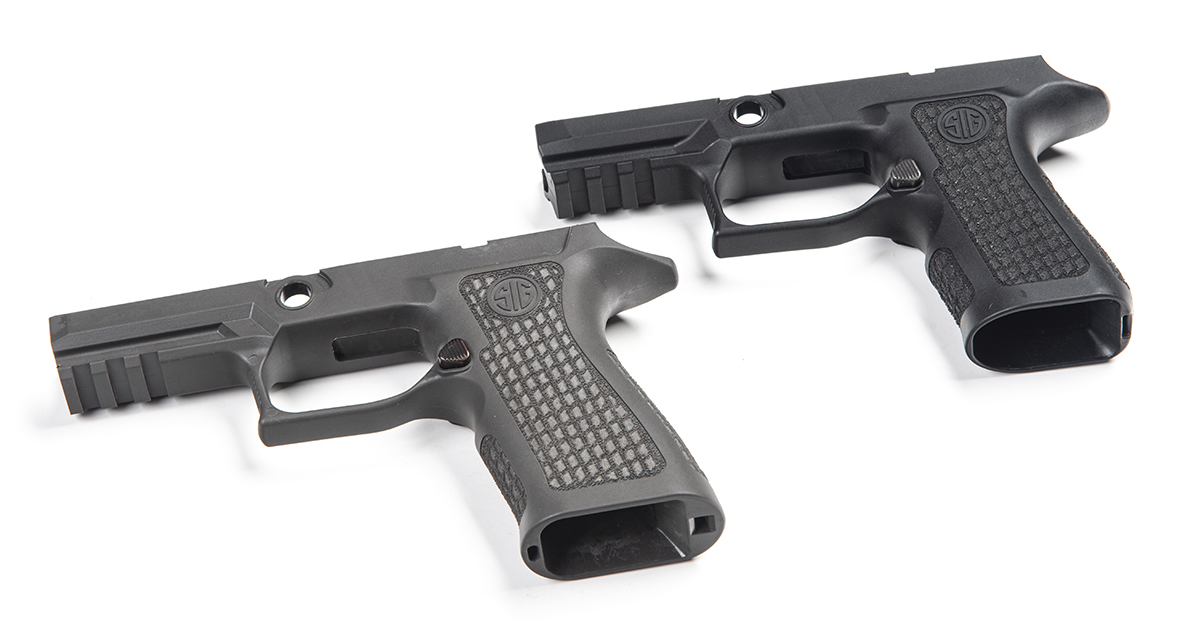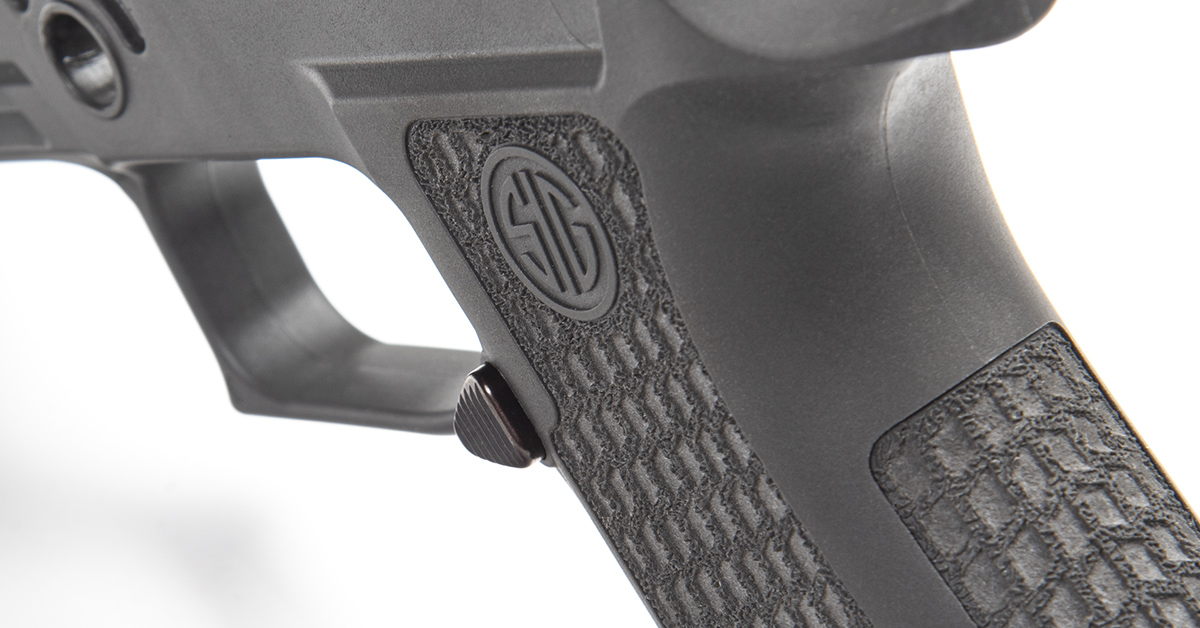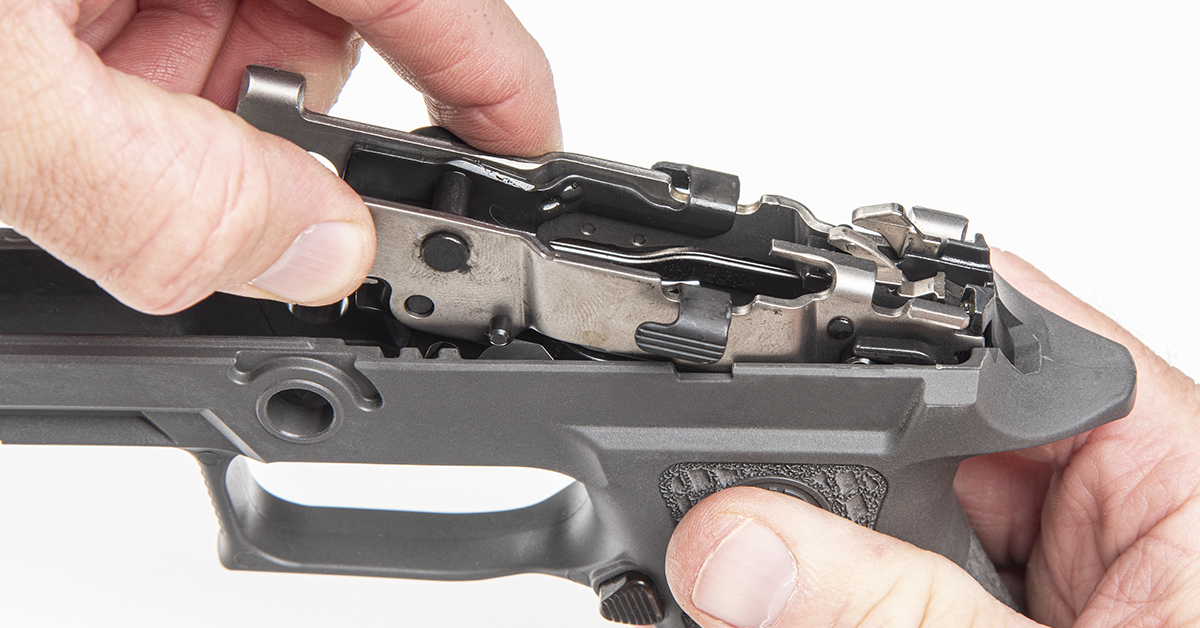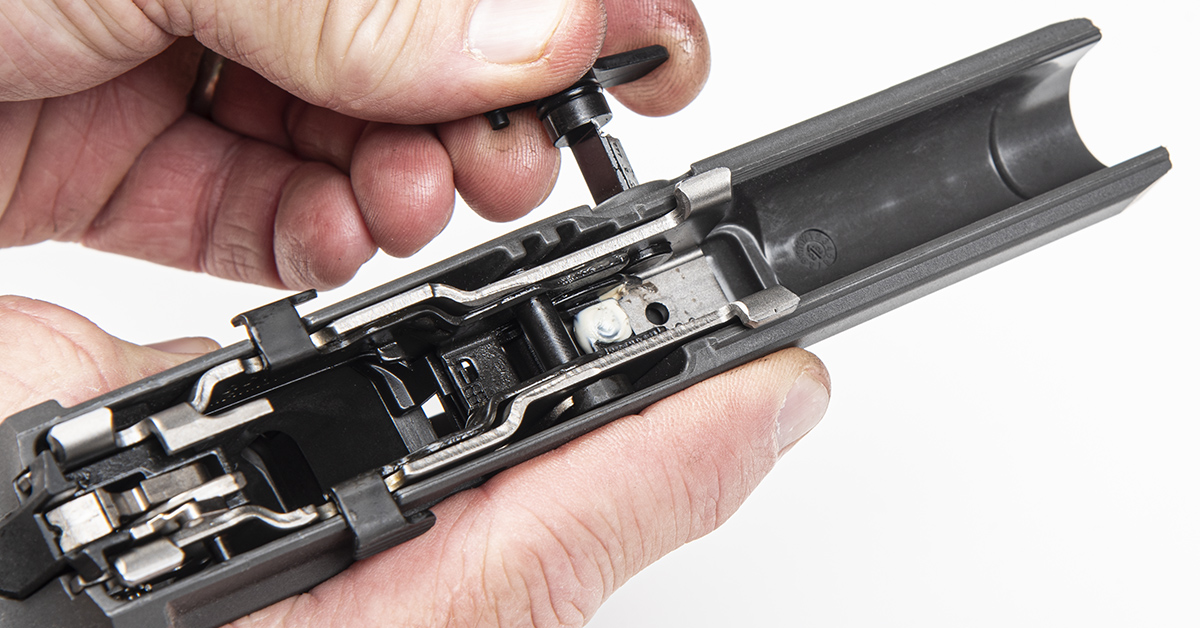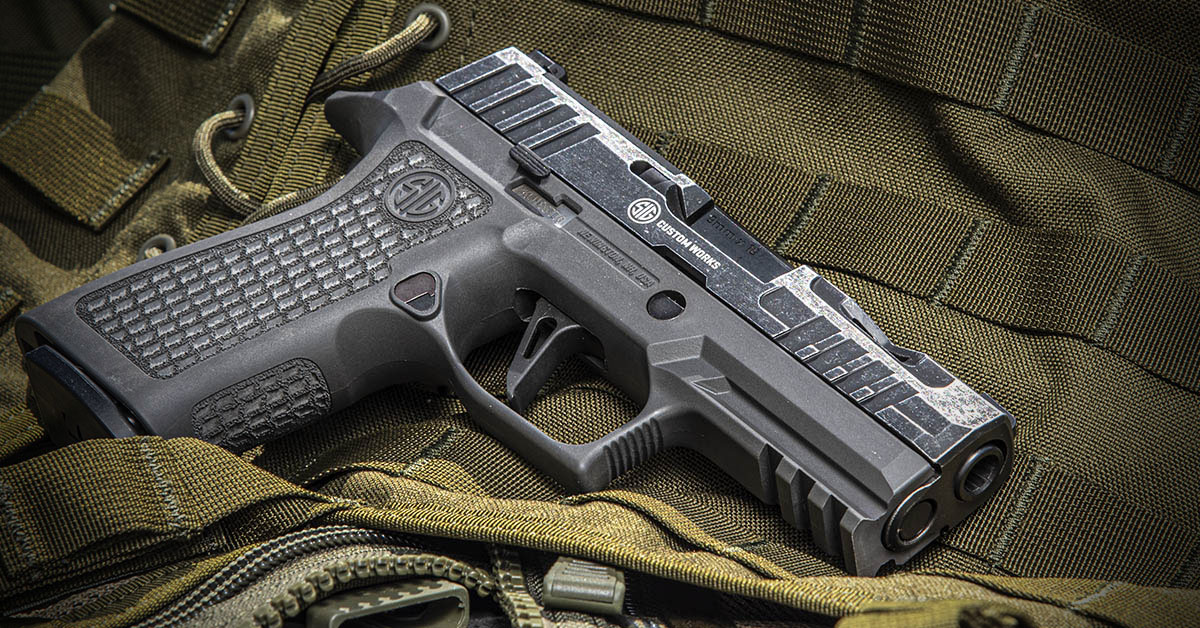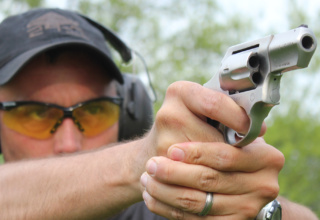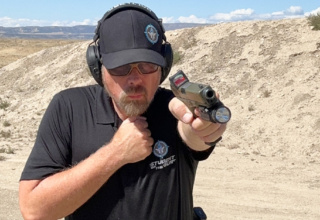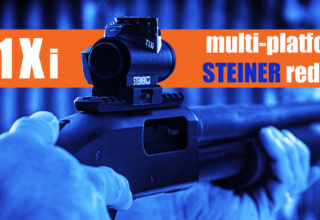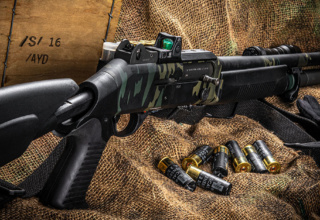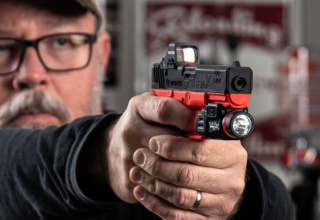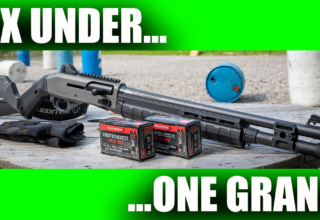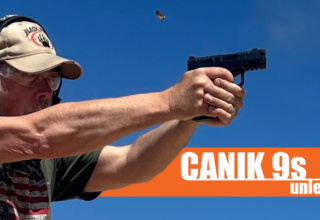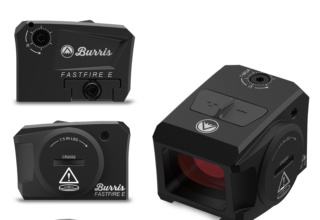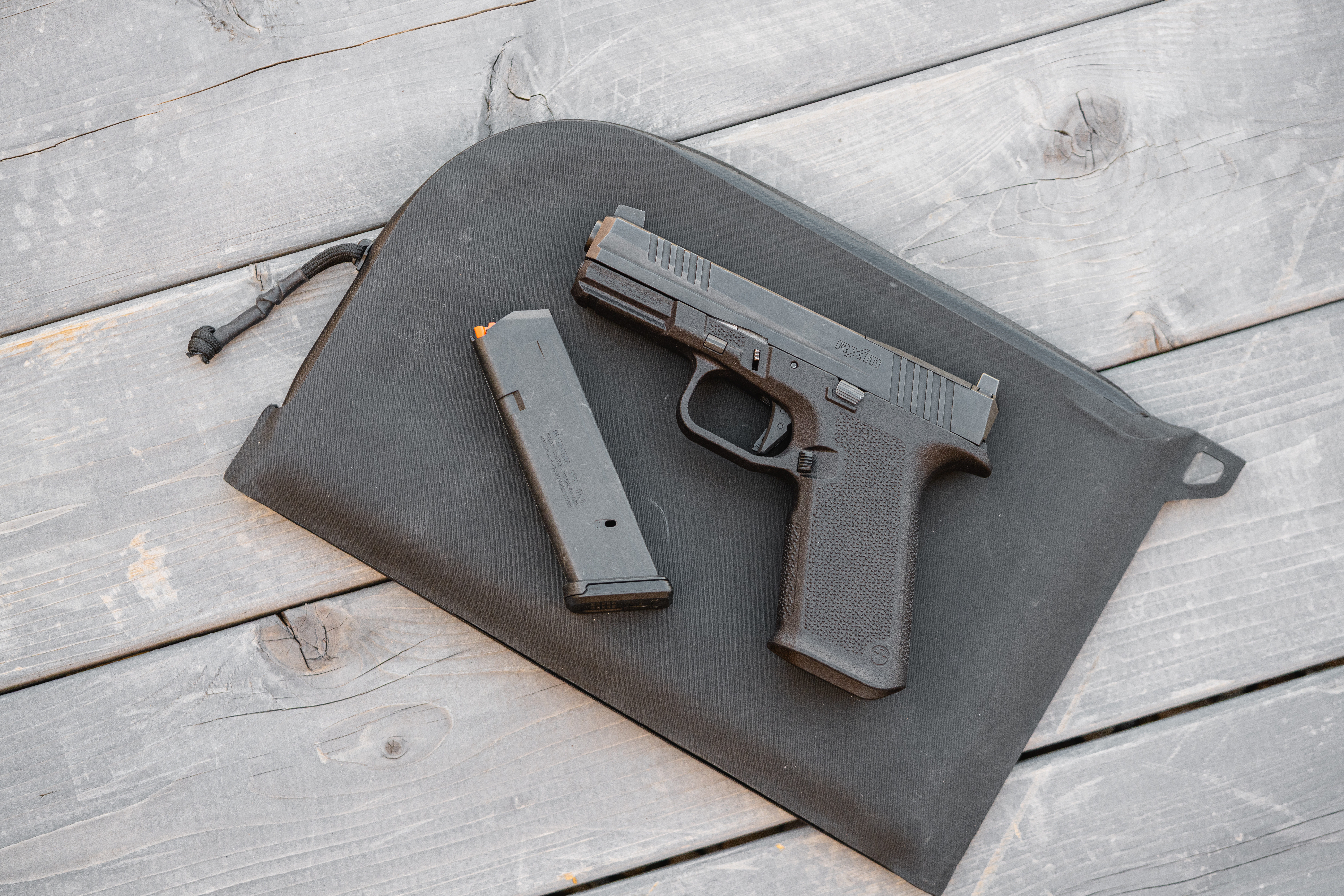Sig Sauer originally pursued a heavy-weight P320 grip module for competition use, but what works for pro shooters often works for the EDC crowd. Thanks to a solution provided by materials expert Avient, Sig’s TXG module now has folks rethinking the notion of “light weight” for daily carry guns.
by Rob Reaser
Four years ago, Sig Sauer created a minor splash in the shooting industry when the company rolled out the TXG grip module for its XSERIES P320 pistols. At the time, Chief Marketing Officer & Exec. Vice President, Commercial Sales for Sig Sauer, Tom Taylor, proclaimed, “The new P320 TXG Grip Module is a significant leap forward in innovation for polymer pistols…”
And what was so significant?
In a word, weight.
The new grip module followed on the heels of Sig’s debut of the P320 XFIVE Legion. The pitch for this new handgun was that the grip, boasting “weight of steel with the flex of polymer,” reduced felt recoil and muzzle flip, making it appealing as a competition handgun (softer shooting and quicker to get back on target).
We asked Phil Strader, current Director of Operations at Sig Sauer Academy, for some background on the TXG module development. As the former Pistol Product Manager and later the Director of Product Development for Sig, Phil has intimate insight into the genesis of the TXG program.
“The P320 XFIVE Legion was a direct descendant of the original P320 XFIVE,” Phil told Shoot On, “which was released about a year earlier. When we decided to universally move away from the proprietary Romeo 1 footprint to the more standardized DeltaPoint Pro/Romeo1 PRO configuration, we decided to re-brand the competition-based XFIVE.
“The original model had all the characteristics most people wanted in this type of pistol: 5-inch bull barrel, adjustable sights, flat trigger, available mag well, et cetera. The Legion was a natural progression to move from a polymer grip module to the TXG version. Legion simply helped us put this competition-derived pistol in front of more defensive-based professional end users. In the end, they wanted the same thing competition shooters did…a pistol with less felt recoil and better sight recovery on target.”
Before we get too much further down the road, let’s discuss what exactly is the TXG grip module.
As competition and experienced shooters know, the heavier the gun the more stable it is when aiming and the more energy is absorbed when firing. This not only makes heavier guns more comfortable to shoot and potentially more accurate (as many factors are involved in a gun’s accuracy potential), but it also makes it faster to get the gun back on target after a discharge.
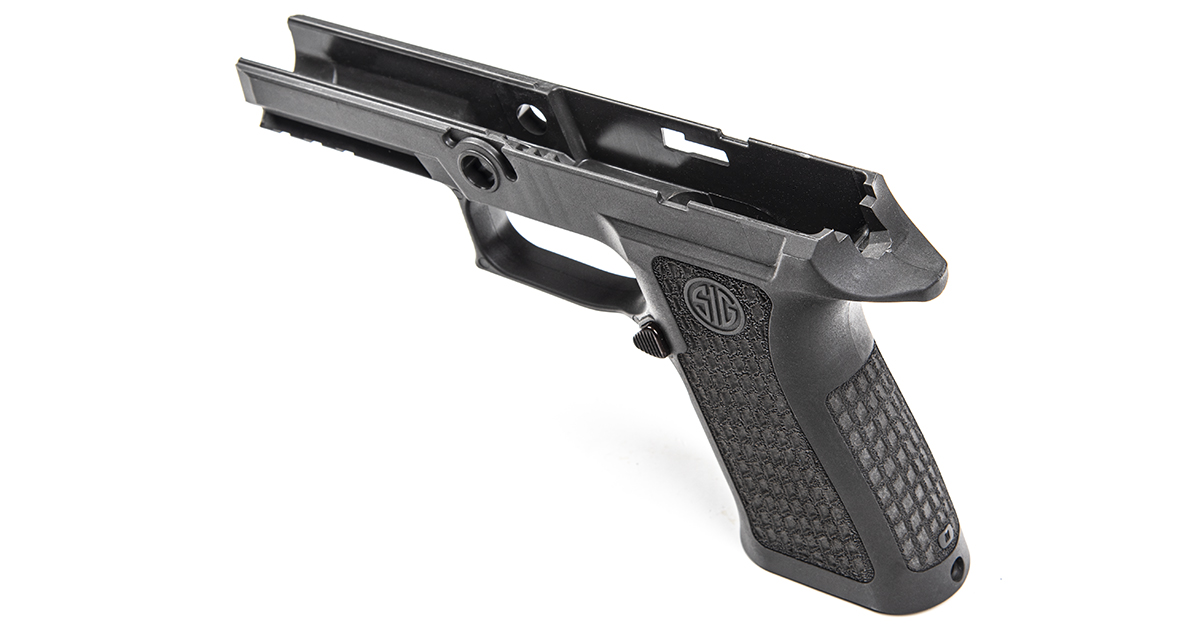
With these facts in mind, Sig Sauer engineers sought a material solution that would add weight to the P320 grip module, be durable and safe, and maintain the inherent flex of polymer to provide some measure of recoil absorption.
“The idea of steel was bounced around,” Strader explains, “but to achieve the desired weight, the grip module became far too brittle. Alloy would not add enough weight, so the heaviest metal we could safely use was tested.”
In their search for the optimal polymer/tungsten blend, Sig Sauer enlisted the help of industry material specialist Avient (then PolyOne). Avient is a global leader in specialty materials development, whose solutions cover a broad swath of the outdoor and shooting industries, even though you likely never heard of them. The company is akin to a “behind-the-scenes magic-maker” for outdoor and shooting sport manufacturers with difficult challenges to overcome.
Regarding the grip module project, Sig Sauer handed Avient four key objectives:
- the module had to be super tough
- the polymer had to maintain flex to ensure a softer recoil than steel
- the hybrid material had to have the weight of steel to reduce muzzle flip
- overall weight increase of the new grip module needed to be 10 to 12 ounces
It was quite the bill to fill, but by applying computer-aided design and simulation to narrow the material selection, the Avient team zeroed in on its Gravi-Tech™ Density Modified Formulation for the answer. According to Avient’s literature, “Gravi-Tech™ polymer-metal composites are unique, high-density materials developed as effective alternatives to lead and other traditional metals. Formulated using select metallic fillers and engineered thermoplastic resins, these solutions offer densities similar to traditional metals while also providing design and processing flexibility because it can be extruded, molded, calendered, or thermoformed into the final desired shape.”
Strader says of the collaborative process, “The workflow between Avient and our Sig Sauer engineers was actually quite painless. We consulted with their engineers and tested several samples with varying levels of tungsten and glass mixes to attain the desired weight, flexibility, and durability.”
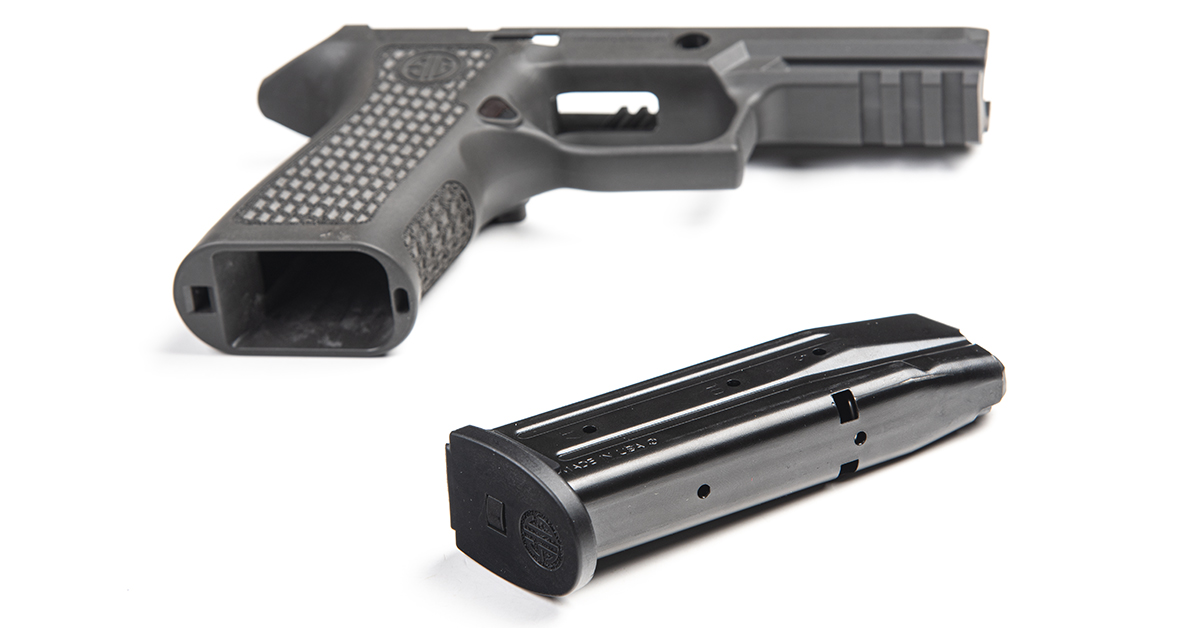
Shortly following the introduction of the P320 XFIVE Legion, Sig introduced the full-size medium TXG grip module for individual sale. Currently, Sig offers six different TXG modules—four full-size variants and two carry variants. While the full-size modules are obvious upgrades for P320s destined for shooting sports, we wondered how the carry TXG grip has been received by consumers for EDC applications.
“Although the intended use for this material was purely competitive based,” said Strader, “we’ve been very impressed with the amount of end-users who are putting these TXG grips on their carry pistols. It seems that shooting comfort is just as important as carry comfort.”
To that, we would add that efficiency and accuracy are also important to those who take their shooting skills and carry responsibilities seriously — and more EDC practitioners seem to be realizing this. Small, lightweight, and super-concealable guns certainly have their place, but in the end, how well you can shoot a gun is what matters. And the gun you shoot the best is the one you should carry. If that means a larger, heavier gun, then you adapt. With the numerous holster and belt options available today for the CCW advocate, finding a carry combination that rides comfortably and securely and can be concealed with appropriate dress is not as challenging as it once was.
TXG Grip Module Close-Up
With TXG grip modules now available for the P320 XSERIES and XCARRY models, we acquired the P320-XCARRY laser engraved TXG grip module assembly to swap onto our P320 XCOMPACT Spectre for a comparison.
Offered in black and gray, three grip texture options (model-dependent), and two manual safety models, the TXG grip module is an upgrade every P320 owner should consider. Visually, the module is definitely in the polymer camp. Pick it up, though, and you know this is no ordinary grip.
We began by removing the fire control unit from our original P320. The process is simple. Remove the slide assembly, simultaneously rotate and pull out the takedown lever. With the takedown lever removed, the fire control unit can be lifted out of the grip module.
Side-by-side, there are only minor profile differences between the original and the TXG grip modules. The latter has a longer grip that accepts a three-finger wrap, and the forward end of the TXG XCARRY model is a bit longer than the XCOMPACT version so it fully covers the slide’s recoil rod shroud.
The laser stipling on the TXG is the same pattern as that of the XCOMPACT Spectre but is noticeably more aggressive (although not irritatingly so). We assume this added friction is due to the polymer/tungsten composition, allowing for more precise engraving than what you get with standard polymer blends. By that notion, this grip should be less susceptible to wear over the long haul.
Installing the fire control unit into the TXG module is the reverse of disassembly, and you can do the complete swap without tools.
This make the TXG module a sensible option for P320 owners who may favor the lighter factory original module for daily carry duties or when wearing deep concealed but want to switch to the heavy module for range work or when carrying OWB.
The big difference between these two grip modules, though, is the weight, with the original polymer weighing 3.1 oz. on our scale and the TXG module boasting 12.2 oz. for a 9.1 oz. weight differential. That translates into a nearly 25-percent increase in the overall weight of the gun…and it is an increase you quickly notice on the range.
The grip fills the hand nicely, and the additional weight biased low and to the rear does much to stabilize the gun during sight picture acquisition. The heavy module noticeably softens recoil, and with the aggressive laser stipling locking in the grip, muzzle management proves buttery smooth.
Although the trend in defensive pistols continues to focus on smaller and lighter while delivering full-size handgun features and capabilities, many serious shooters are reevaluating this idea for daily carry. Thanks to the forward thinking of Sig Sauer‘s pro shooters and design engineers, and to the solutions-driven mission of materials specialist Avient, P320 owners have the unique opportunity to try both light and heavy platforms in a single gun to see which works best for their EDC needs.

